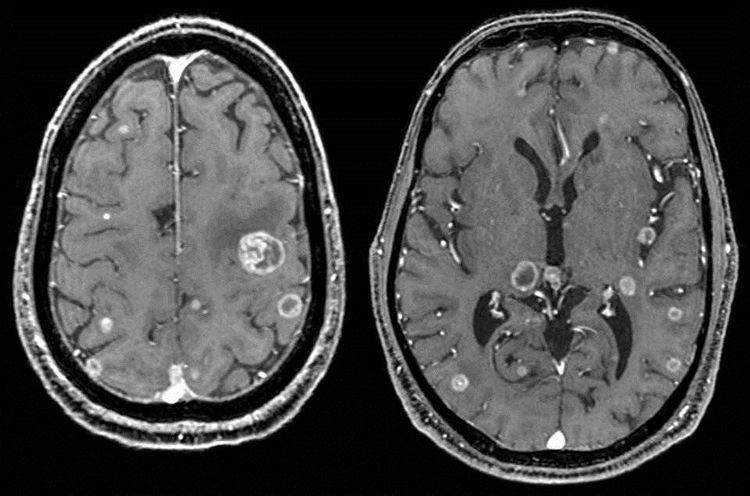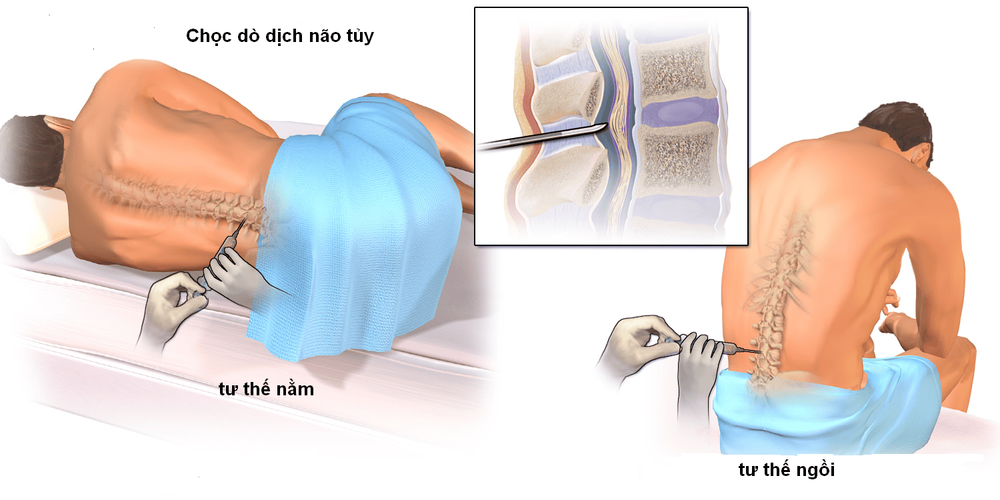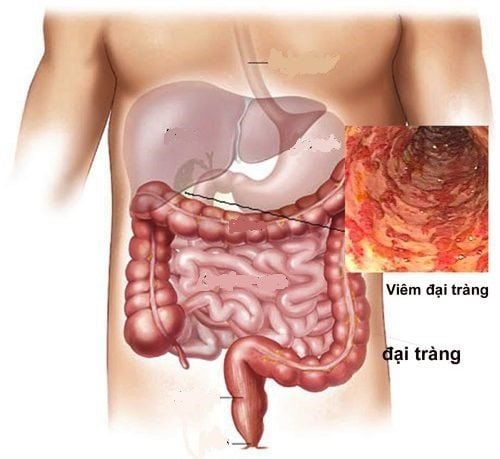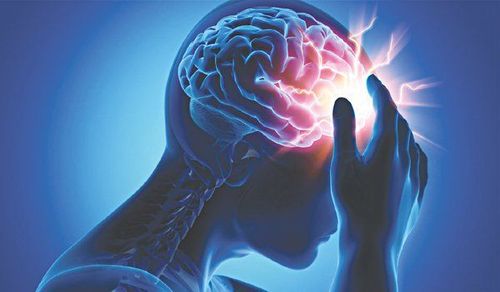This is an automatically translated article.
Posted by Doctor Ton Nu Tra My - Diagnostic Imaging Department, Vinmec Central Park International General Hospital.
All cases of persistent headache require brain magnetic resonance imaging to determine the cause, from which the clinician can prescribe appropriate treatment for the patient.
1. Prolonged headache when needing brain magnetic resonance imaging.
Headaches have two main groups of causes: primary headaches and secondary headaches. A primary headache is a headache that has no underlying medical condition, while a secondary headache is a headache caused by an injury or underlying medical condition such as a concussion, brain hemorrhage, infection, or tumor. Brain.
Primary headaches include migraine headaches, tension-type headaches, and cluster headaches (or cyclical headaches).
All cases of persistent headache require brain magnetic resonance imaging to determine the cause, from which the clinician can prescribe appropriate treatment for the patient.
2. What can the results of magnetic resonance imaging in people with persistent headaches warn?
Brain magnetic resonance is an imaging technique that uses a magnetic field, radio waves and a computer to create detailed images of brain parenchyma, soft tissue, and skull bones. With the acquired images, the doctor can evaluate the anatomy of the brain, diagnose brain abnormalities (encephalitis, cerebral hemorrhage, cerebral infarction, brain tumor), blood vessel abnormalities (cerebral aneurysm). , abnormalities of the eye, inner ear, chronic neurological diseases such as multiple sclerosis, brain degeneration. In addition, birth defects that cause headaches can also be diagnosed by magnetic resonance.

Hình ảnh u não di căn trên phim chụp cộng hưởng từ
3. Other diagnostic methods
In addition to brain magnetic resonance imaging, patients with persistent headaches can be prescribed other methods to accurately determine the cause of the disease:
Computed tomography of the brain: is an imaging technique that combines X-ray machine system and computer to create brain CT images. Doctors use computed tomography in cases where they want to evaluate bleeding caused by ruptured aneurysms, stroke, brain tumors, and malformations of the skull. CT angiography may also be indicated. With CT angiography, contrast is injected intravenously to evaluate the cerebral blood vessels.
Cerebrospinal fluid (CSF) puncture: this technique is used to collect a small amount of cerebrospinal fluid - the layer of fluid that surrounds the brain and spinal cord for testing. With this technique, doctors can diagnose infectious diseases, including meningitis, encephalitis, inflammatory conditions of the nervous system such as in Gullian-Barre syndrome, multiple sclerosis; bleeding around the brain (subarachnoid hemorrhage) and some cancers involving the brain and spinal cord.

Phương pháp chọc dịch não tủy
4. Treatments for persistent headaches
If no serious problem is found causing the headache to persist, the patient may only need to be treated with a few simple methods. In order to treat symptoms and reduce the frequency and intensity of headaches, doctors may need to learn more about headache triggers such as stress, fatigue, food, etc. to advise on appropriate adjustment. fit.
In case the headache has a specific cause due to a medical - surgical pathology, the doctor will give specific advice to the patient depending on each case.
To register for examination and treatment at Vinmec International General Hospital, you can contact Vinmec Health System nationwide, or register online HERE
Reference source: Radiologyinfo.org; Mayoclinic.org; updatetodate.com
MORE:
How dangerous is frequent, prolonged migraine? 8 types of tests, scans to help determine the cause of a headache Migraine persists, what is the cause?














